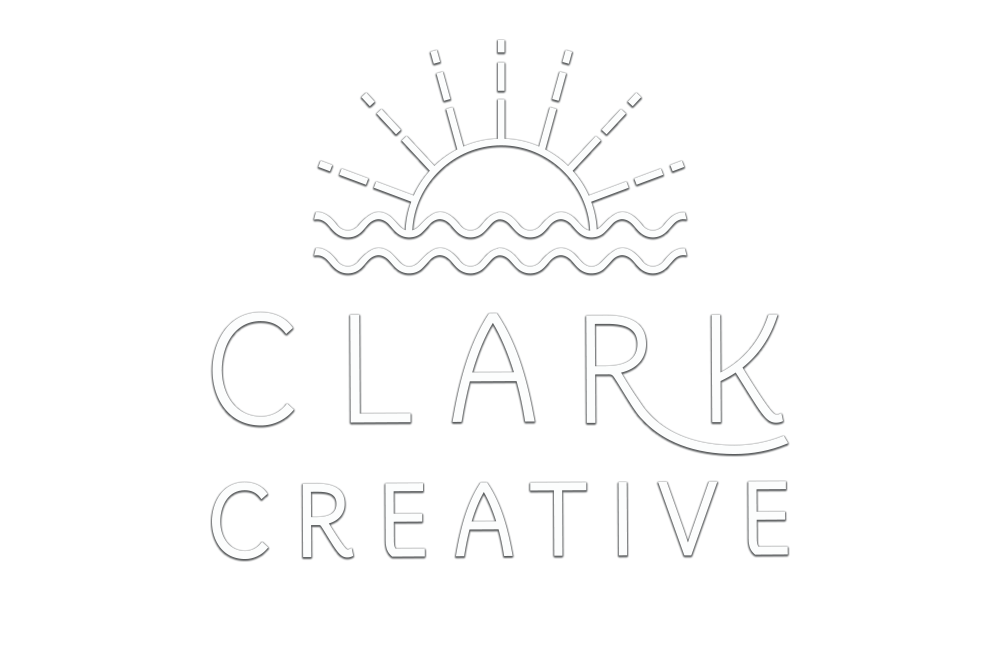Six steps to understanding what brand means for you
What does brand mean?
Brand is a word that is widely used but often not fully understood. Ask someone what the word means and they might come back with a list of brands they recognise like Nike, Coca Cola, Apple or Google, including what their logos look like and maybe their slogan or tagline. Although those things are very important, brand is more complex than just snazzy visuals and snappy lines of copy.
The American Marketing Association defines brand as “a name, term, design, symbol, or any other feature that identifies one seller’s good or service from those of other sellers.”
But that explanation is far too simple. The evolution of branding, the way it is now consumed against a backdrop of a constant always ‘on’ approach to modern marketing means that brands have in many ways become more about perception and an accumulated sense of meaning than just a logo.
People expect more from a brand than they ever have before so it’s become more and more complicated and harder to define with a single definition. Brand is more than a symbol, logo, mark or word - it’s the entire experience, every touch point your audience has with you and your product or service.
David Ogilvy, often referred to as the ‘Father of Advertising’ defined brand as “the intangible sum of a product’s attributes.” So a better definition is to look at it as an idea or feeling.
Your brand is the idea, image or feeling people have in their mind. And that isn’t just limited to products or services - it’s your company as a whole. Do people feel empowered when they think of your brand? Safe? Maybe they feel reassured? The feelings that consumers develop towards your company are created by a combination of physical and emotional cues triggered when exposed to your brand - the name, the logo, the visual identity, the messaging, the actions you take and the way you interact with your audience and the wider world.
So what does that look like? There are a whole host of brands out there hitting all the right cues to create this ‘feeling’ of ‘brand’ (which ultimately leads to a more loyal and committed customer base). One of these is the outdoor clothing company Patagonia which does this in a really interesting way:
They know their personality
Patogonia was one the first brands to tie their values to their products. They have a clear endearing backstory, values and mission statement. Their personality is backed up by the visuals across all platforms, the simple, informative language they use, the campaigns they support and the brand ambassadors they employ. They’re extremely consistent in their approach and know what they want to say and what they want to achieve at every step of the process from supply chain to a customer landing on their website.
They know what they stand for
Patagonia epitomises what it means to be a purpose driven brand. Their core values of ‘build the best product’, ‘cause no unnecessary harm’, ‘use business to protect nature’ and to ‘not be bound by convention’ are supported by their eco-conscious approach to business and sustainability.
They’ve got a clear why
With the clear mission statement of ‘we’re in business to save our home planet’ the outdoor clothes brand not only wants people to get out and enjoy nature, they want to help them appreciate and preserve it too.
Voice, tone and content
Patagonia has a great backstory and through positioning and language they’ve built a consistent and authentic brand identity. They are transparent on everything from supply chain to earning, they even offer granular detail on the environmental impact of every product they sell. The language they use is simple and unfussy and their tone of voice and content are consistent, continually reinforcing them as a brand rooted in transparency that’s trustworthy, educational and caring.
They’ve built a dedicated following
They have built trust through their consistent marketing across all channels and have created an environment where people feel they can trust them as an impact-driven, environmental conscious brand. They make people feel good about supporting them and have created that feeling of ‘tribe’ that is so effective for brands (once your audience wants to be part of your tribe they will champion your brand for you).
They’ve nailed content marketing
Patagonia has become more than just a company that sells products. It consistently engages its consumer base with an entire brand perspective and lifestyle, a fully consuming digital experience that is all tied together in a cohesive narrative that leans on their core values. Take a look at Patagonia’s social channels and website and you’ll see the narrative and feeling they have created from their own content and also that of ambassadors and members of their ‘tribe’. Above all, they’ve carefully created a brand universe and a movement that people want to be part of. That’s what great brands do.
Want to chat about your brand identity, tone of voice or positioning? Get in touch.
